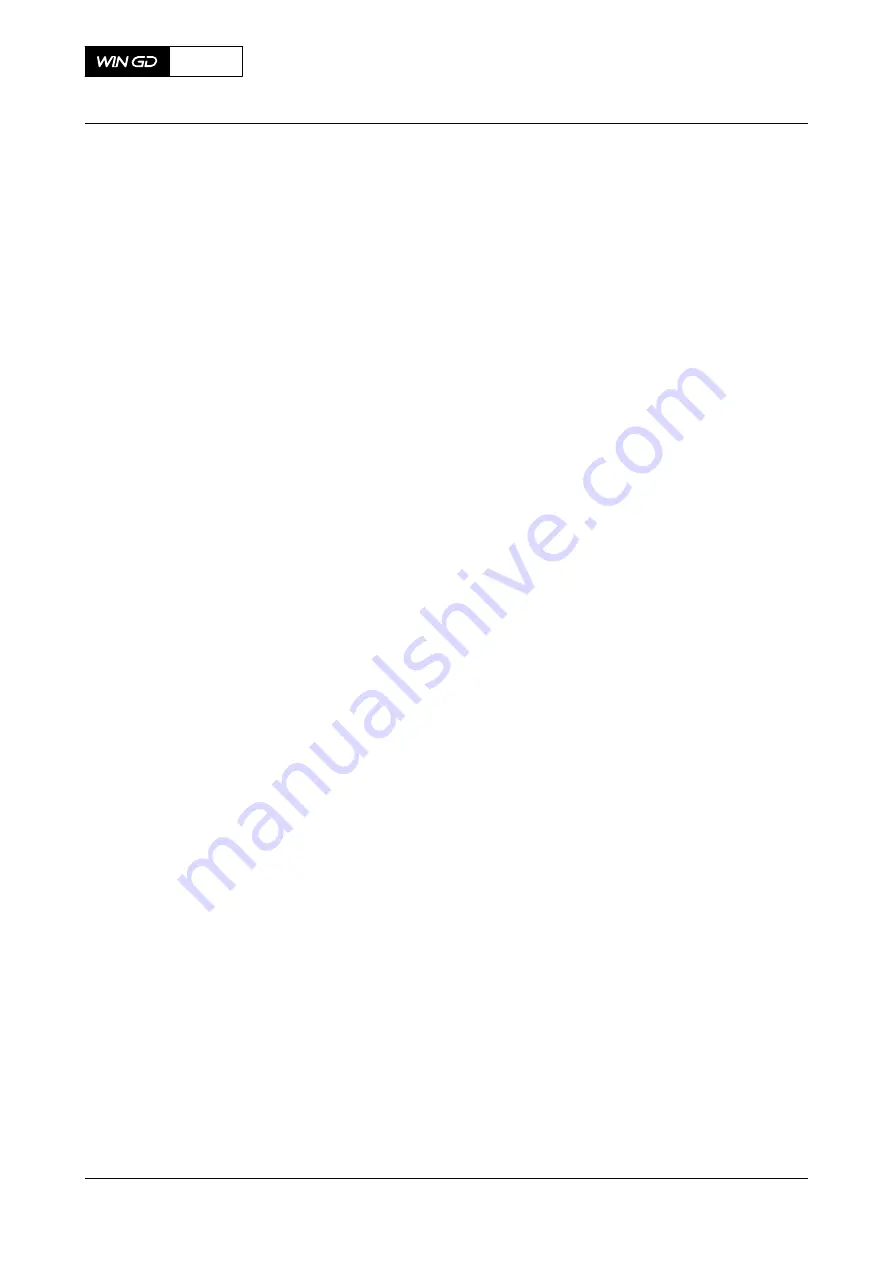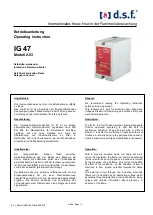
5.5.4
Pressure control valve
The pressure control valve (PCV) (002,
) is attached to the fuel rail (007) and has the
functions that follow:
•
Usual operation
During usual operation the engine software controls the fuel pressure. The pressure in the
fuel rail is less than that necessary to open the PCV, thus the PCV is usually closed. The
PCV only opens, if the pressure increases to more than the set value.
•
Operation with a defective item
If an item becomes defective (eg missing or incorrect control signals, a flow control valve of
a fuel pump is unserviceable), the PCV controls the pressure in the fuel rail. The engine
control sets the fuel pump to the maximum supply pressure. The PCV will open to gradually
drain sufficient fuel to keep the adjusted pressure. If this occurs, longer engine operation
time must be prevented to save fuel.
After this operation mode, do a check of the valve for a tight seal. The seal can be damaged.
You can hear a loud sound like a whistle. Replace the valve seal if necessary.
•
Engine stand-by
During engine stand-by, the engine software opens the PCV. This gives a constant flow of
fuel through the fuel system to keep the fuel warm.
•
Emergency stop
If an emergency stop is activated, the safety system operates the solenoid valve (001) and
the fuel pressure in the fuel rail decreases immediately to less than 200 bar (usually to 0 bar).
Thus, fuel injection is not possible.
Attached to the PCV are the solenoid valve (001), the relief valve (003) and the fuel return
pipes (004, 005). The relief valve opens, if the fuel pressure is more than the specified pressure.
X52
AA00-5562-00AAA-043A-A
Operation Manual
Pressure control valve
Winterthur Gas & Diesel Ltd.
- 168 -
Issue 002 2018-11
















































